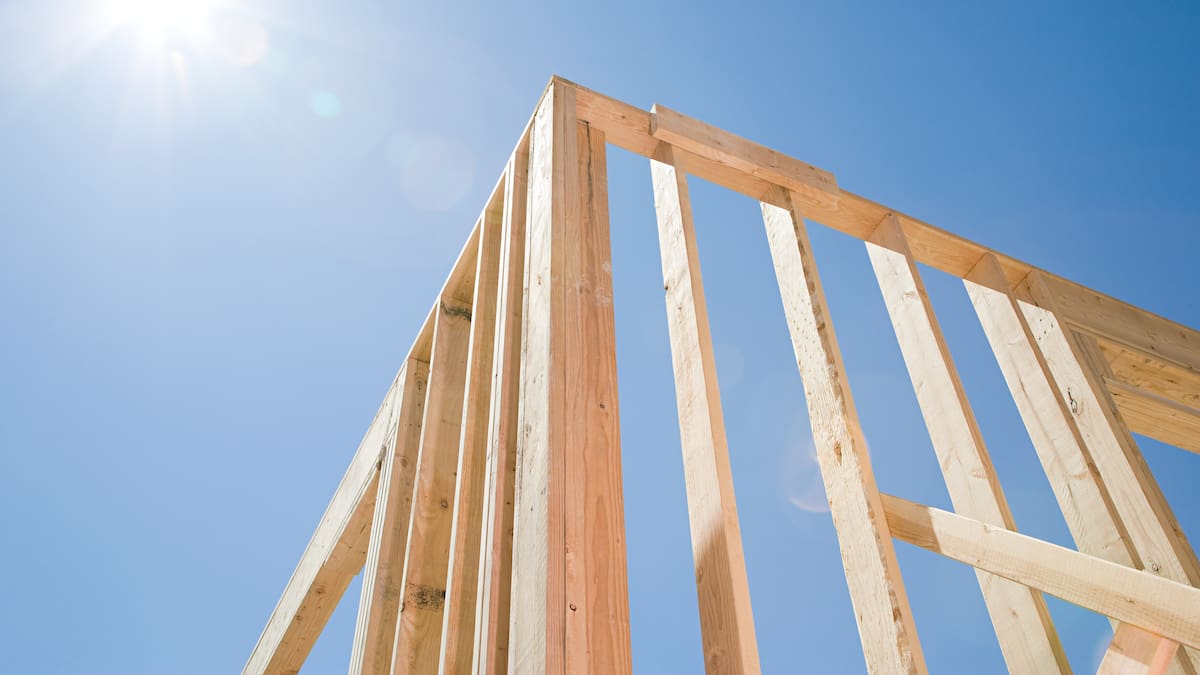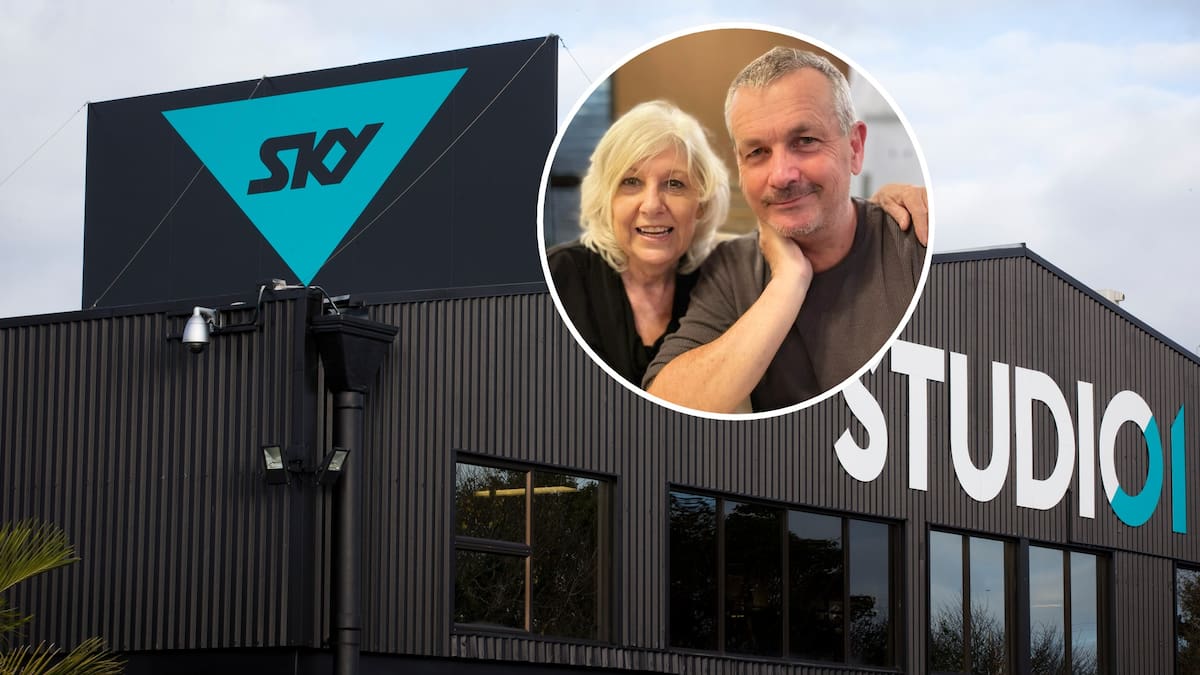Private certification of buildings was one of the factors blamed for contributing to the leaky building fiasco, which hit in the late 1990s to early 2000s but continues today.
McCauley said the accreditation means the business will eventually be able to process building consent applications, inspect buildings during construction, certify building work and issue notices to fix if required.
Mike Blackburn of building consultants Blackburn Management said the move was trail-blazing.
“This is the first independent company to be given a certificate of accreditation as a building consent authority outside of a territorial authority.”
The business would still require formal registration, but now that accreditation had been approved, this was now a formality, Blackburn said.
The private entity could be approving building consent applications as early as January, he said.
“This will be a massive game-changer for the construction sector, disrupting the monopoly that councils have on the market. However, I understand that the Government is set to announce its next raft of building control changes this afternoon…this will be interesting.”
Building and Construction Minister Chris Penk said today trusted building professionals would be able to self-certify their work, complaining it took on average 569 days for a home to be built and consented.
“We are announcing plans to develop a new opt-in self-certification scheme for trusted building professionals and accredited businesses. The scheme, which will go through a robust consultation process, features two key pillars.”
Qualified building professionals such as plumbers, drainlayers and builders would be able to self-certify their work for low-risk builds, without the need for an inspection.
“This brings them in line with electricians and gasfitters who can already do this and is something the industry has been calling for for years,” Penk said.
Businesses with a proven track record, such as group house builders, would be able to go through a more streamlined consent process for consenting and approvals.
“At the moment, a single-storey basic home might go through 10 or more separate inspections. This is clearly too many and the cost-benefit has become unbalanced,” Penk said.
Government moves to loosen restrictions on the sector raised concerns.
Homeowners and Buyers Association President John Gray said in July there could be plus and minus factors from the Government’s push to get more homes built via enabling building inspections to be done remotely
“It could be acceptable for some. But some builders, sadly, have proven they can’t be trusted. We also need to look more deeply into the self-certification regime and there needs to be greater consequences for breaching the law,” Gray said in July.
But like Penk, Gray has expressed concern about the length of time it takes to have buildings inspected.
“We’ve had feedback from builders in despair, waiting weeks for inspections. But the overarching point is there needs to be greater consequences as the Government moves towards removing red tape,” Gray said.
The Building Act needed to be reviewed and builders who breached that with serious consequences needed to face “criminal consequences”, Gray said.
Labour building and construction spokesperson Arena Williams said councils were already using remote inspections.
“What we need is the Government to back them to do more of it and not to blame councils and developers for being slow when inspections need to be hands-on. In some places we see rapidly changing landscapes due to climate change and careful assessment before work gets underway saves time and money down the track,” Williams said in July.
Anne Gibson has been the Herald’s property editor for 24 years, written books and covered property extensively here and overseas.






